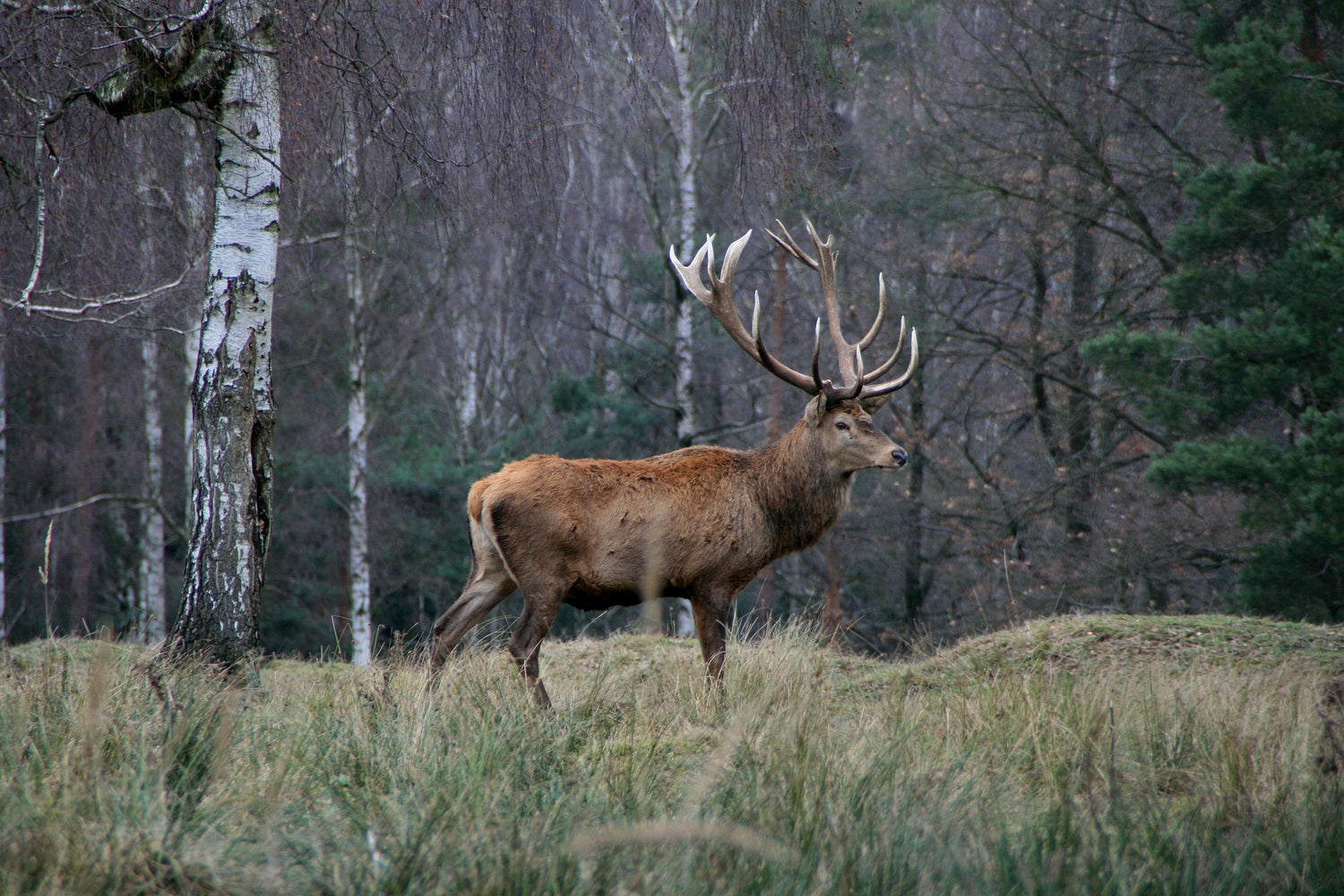
deer
A majestic symbol of woodland and open countryside, the red deer is both ecologically and culturally significant. This fact sheet provides a detailed overview of the biology and lifestyle of the red deer and highlights the importance of its protection and conservation in natural habitats.
deer Products
Profile: deer
-
Scientific classification
- Class: Mammals (Mammalia)
- Order: Even-toed ungulates (Artiodactyla)
- Family: Deer (Cervidae)
- Genus: Cervus
- Species: C. elaphus (red deer)
-
Physical characteristics
- Size: Body length from 1.6 to 2.5 m
- Shoulder height: 1.1 to 1.5 m
- Weight: 100 to 250 kg
- Special features: Large, branched antlers in male deer (shed annually in winter), reddish fur in summer, grey-brown fur in winter, white spots on the hindquarters.
-
Habitat and distribution
- Common regions: Europe, North America, Asia
- Habitat: Diverse, from forests to open fields to mountainous regions; prefers deciduous and mixed forests.
-
Nutrition
- Diet: Herbivore
- Typical food: grasses, herbs, leaves, buds, shoots, bark and in autumn acorns and other fruits.
-
Reproduction and lifestyle
- Mating season: rut in autumn (roaring of the stags)
- Gestation period: Approx. 8 months
- Young: One calf per gestation period, rarely twins
- Lifestyle: Herd life with hinds and calves, territorial, migrations depending on the season.
-
Lifespan and protection status
- Life expectancy: Up to 20 years in the wild
- Endangered status: Varies by subspecies and region; threatened in some areas by habitat loss and hunting.
- Conservation measures: preservation and protection of natural habitats, sustainable forestry, regulation of hunting.
